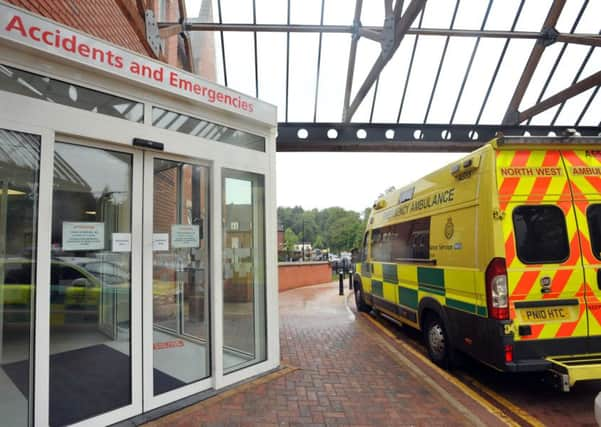Would liquor tax help A&E?


New research claims putting a one per cent above-inflation cost on drinks sold in shops, supermarkets and pubs could cut the number of violent injuries by more than 6,000 a year.
Recent public health figures show Wigan lies in the worst 20 areas in the North West for alcohol related admissions with a rate of 873 per 100,000 of the population.
Advertisement
Hide AdAdvertisement
Hide AdAnd a new licensing policy launched by the town hall has sought to limit the number of booze licences in the town centre to help combat the problem.
Writing in the journal Injury Prevention, the report authors said thousands of A&E visits in England and Wales each year could be stopped by the tax increase, although cutting the inequalities between rich and poor could have an even more dramatic effect.
The Cardiff University team looked at data for adults who had visited 100 A&E departments across England and Wales between 2005 and 2012. In that time, nearly 300,000 casualty visits were made for injuries caused by violence. Three-quarters of those treated were men aged 18 to 30.
Accompanying data on pricing showed that lower alcohol prices both in shops, bars and restaurants were linked to more attendances at A&E. This held true even after taking into account of poverty, differences in household income, spending power and time of year.
Advertisement
Hide AdAdvertisement
Hide AdA one per cent poverty drop and slight fall in the difference between those at the top of and bottom of the income scale could result in 18,000 fewer visits for violence-induced injuries, they said.
The report ends: “The additional tax revenue gained, estimated at close to £1bn a year, would be at the Treasury’s disposal, and could be used to offset the cost of alcohol-related harm to the NHS. Reforming the current alcohol taxation system may be more effective at reducing violence-related injury than minimum unit pricing.”